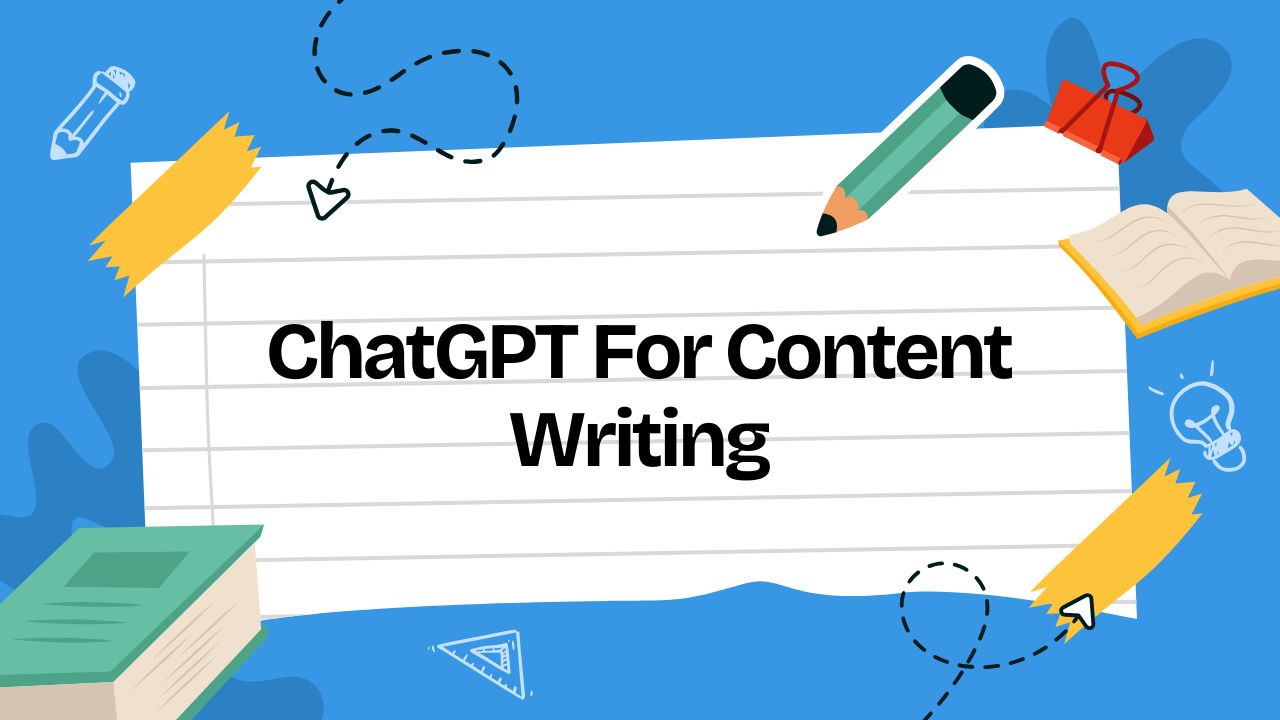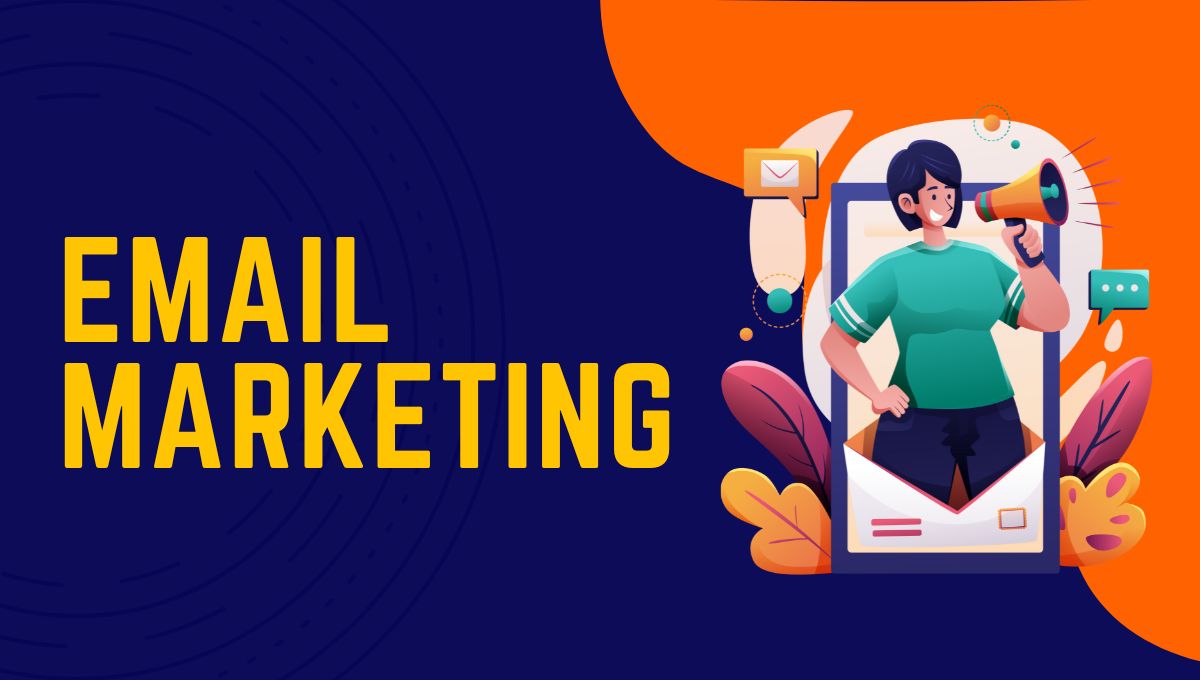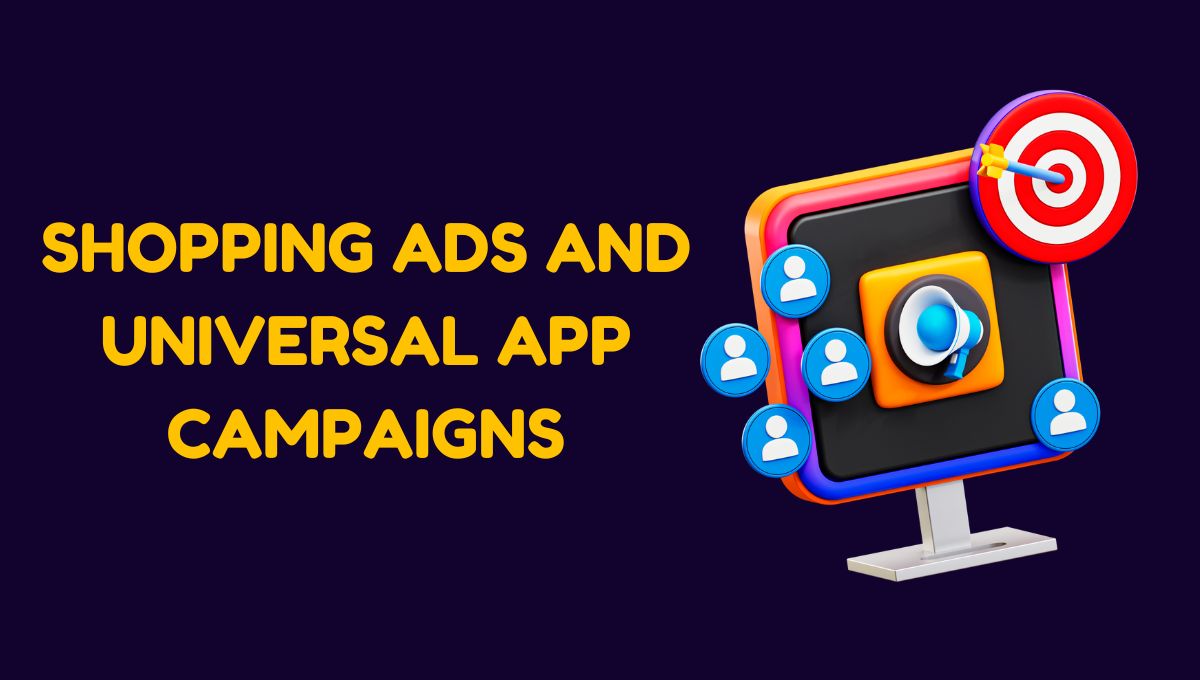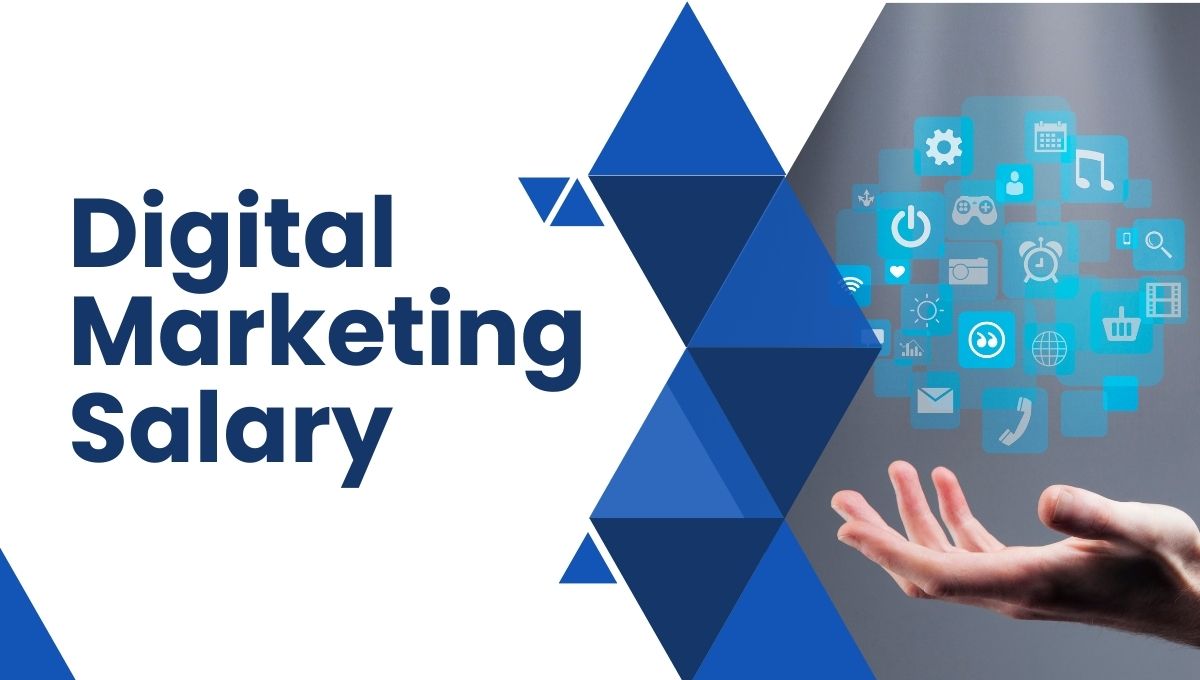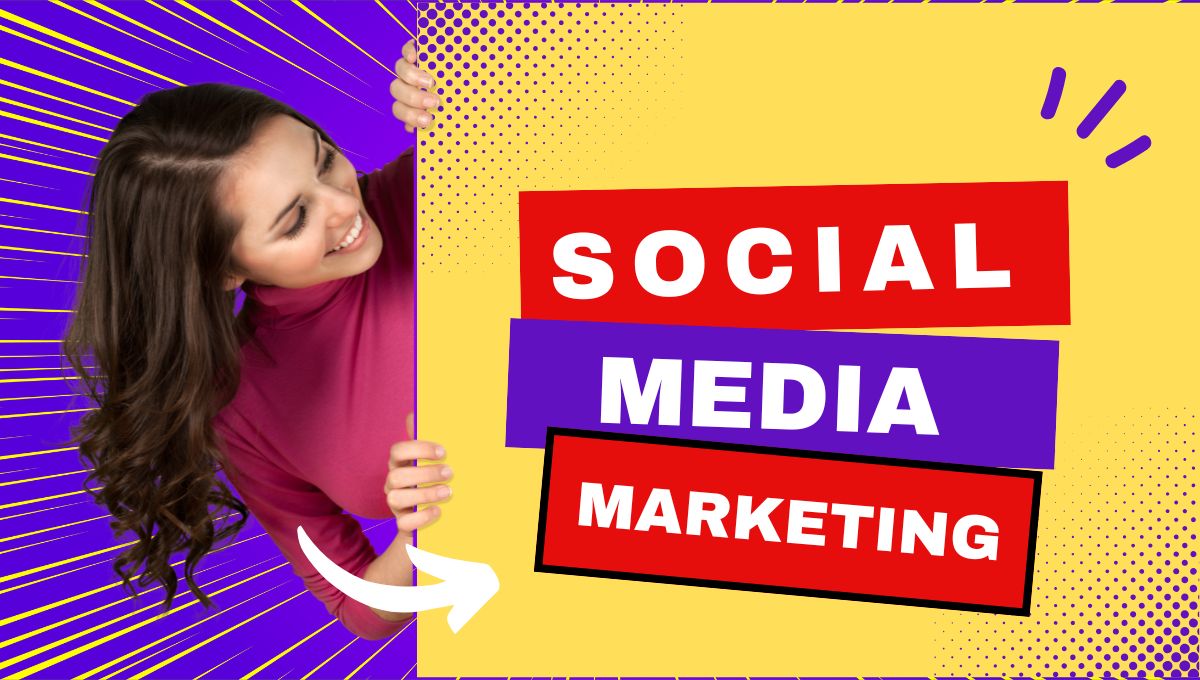The internet is flooded with content. But not all of it ranks well. If you want your articles to show up on Google, you need SEO-friendly content.
Here, you can take help from the world’s most loved AI tool: ChatGPT. But does it work in SEO ranking? The answer is yes, if done right.
The problem is fundamentally that too many writers rely too much on AI, producing generic, robotic text. That’s not what Google (or readers) want. You need content that sounds natural, provides value, and follows SEO best practices.
So, how do you use ChatGPT for content writing without making it obvious? In this blog, I’ll show you practical ways to create high-quality, SEO-friendly content using AI while keeping it human.
Why SEO Matters for AI Content
Search Engine Optimisation, or SEO, helps your content rank higher on Google. Without it, your article might never get noticed. AI can assist, but SEO success depends on how you use it.
A well-optimised article should:
- Include relevant keywords naturally
- Have a clear structure with headings, lists, and bullet points
- Provide valuable insights, not just fluff
- Be written for humans, not just algorithms
Before we get into details, you can master content writing for SEO and make a career out of it. Take a step forward to your dream jobs with expert guidance.
How to Use ChatGPT for Content Writing that Ranks Well
Many writers make one big mistake: they copy-paste AI content without refining it. It becomes a disaster for SEO. Google’s algorithms are smarter than you think.
Here’s how to use ChatGPT for content writing and SEO the right way:
Give Specific Prompts
Generic prompts lead to generic content. Be clear about your needs. Instead of saying:
“Write an article on SEO.”
Try:
“Write a 1000-word article on how small businesses can use ChatGPT for SEO with examples and keyword integration.” The more details you provide, the better the output.
Fix AI-Generated Language
AI often sounds repetitive and unnatural. It uses common phrases like “In today’s world” or “Harness the power of”. Avoid these. Edit and rewrite sentences to sound more human.
Choose the Right Keywords
SEO is all about the right words. ChatGPT can help generate ideas, but you need to know which keywords matter. Use tools like:
- Google Keyword Planner (for search volume and competition)
- Ahrefs or SEMrush (for competitor analysis)
- AnswerThePublic (to find common user queries)
Are you struggling with keyword placement? A digital marketing course can help you understand how to use them correctly for maximum impact.
Structure Your Content for SEO
A poorly structured article loses readers fast. Google loves well-structured content. Use:
- Headings (H1, H2, H3) for clarity
- Short paragraphs (maximum 3-4 lines)
- Lists and tables for better readability
Use AI Content Optimization
Even with AI, content needs finetuning. Here’s how to optimise AI-generated content:
- Use engaging headlines: Titles like “How to…” or “Best Ways to…” work well.
- Optimise meta tags: Write a compelling meta title and description.
- Improve readability: Shorten long sentences.
- Add internal and external links: Link to authoritative sources (avoid competitor’s sites though).
- Include videos and images: This increases engagement.
Speaking of videos, here’s a useful one on grasping the content writing prompts: How to ace ChatGPT and Gemini prompts
Best AI Tools for Content Writing
ChatGPT isn’t the only option. There are other best AI tools for content writing that help with SEO:
| AI tool | Best for | Free/ paid |
| ChatGPT | General writing, brainstorming | Free/ paid |
| Jasper AI | Marketing copy, SEO blogs | Paid |
| Grammarly | Grammar and readability | Free/ paid |
| Surfer SEO | Keyword optimisation | Paid |
Each tool has strengths. Combine them for the best results.
How to Write Blog Posts with ChatGPT
Writing a blog with ChatGPT for content writing is simple. Follow these steps:
- Plan your topic: Choose something people are searching for.
- Get AI assistance: Use ChatGPT for drafts, but edit thoroughly.
- Optimise for SEO: Add keywords, headings, and links.
- Improve readability: Break text into small sections.
- Fact-check and edit: AI can make mistakes. Always verify.
Here’s a comparison of manual vs. AI-assisted writing:
| Method | Pros | Cons |
| Manual writing | Unique, high-quality content | Time-consuming |
| AI writing | Fast, saves effort | Needs heavy editing |
| Hybrid approach | Best of both worlds | Requires skill |
The best strategy is to use AI, but always add your own touch. Learn how to maximise your online presence.
Learning SEO and AI Content Writing
Understanding AI and SEO takes practice, but structured learning speeds up the process. If you’re serious about mastering ChatGPT for content writing, here are some valuable programs:
- Professional Certificate In Digital Marketing And MarTech, CEC, IIT Roorkee
- MyCaptain Digital Marketing Program
Conclusion
Writing SEO-friendly content is all about using AI wisely. However, it should assist you, not replace you.
ChatGPT for content writing can save time, but human creativity, editing, and SEO knowledge still matter. If you’re serious about improving your content, keep learning. The digital world evolves fast, and those who adapt will always stay ahead.
Good luck!
FAQs
- Is ChatGPT useful for writing product descriptions with SEO?
ChatGPT can generate concise, engaging product descriptions with relevant keywords. However, always tweak the output to make it more unique, persuasive, and aligned with your brand’s tone.
- Can ChatGPT help in brainstorming SEO-friendly blog ideas?
ChatGPT can generate blog topic ideas based on industry trends, keywords, and audience interests.
- Can ChatGPT write content in different tones and styles for SEO?
ChatGPT can generate content in various tones, such as formal, conversational, technical, or friendly. It can also generate multilingual contents if you prefer.
- Does Google penalise AI-generated content?
Google does not penalise AI-generated content as long as it provides value, follows SEO guidelines, and is original. However, low-quality, spammy, or duplicated content can negatively impact rankings, even if you write it on your own.
- How can I train ChatGPT to improve my content quality?
Provide clear, detailed prompts, specify the tone, and use structured outlines. The better your instructions, the better the output.
- Can ChatGPT help in creating SEO-friendly headings and subheadings?
ChatGPT can generate structured content with SEO-friendly headings and subheadings. Just ensure they include relevant keywords naturally and maintain readability.
- How do I make AI-generated content more engaging?
Use storytelling, add real-life examples, mix short and long sentences, and incorporate a conversational tone. Editing and human input are the best ways to make content more relatable and engaging.

